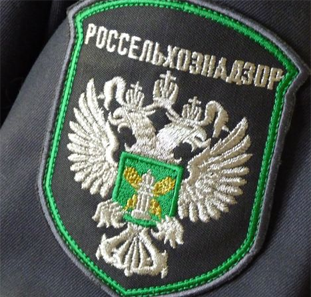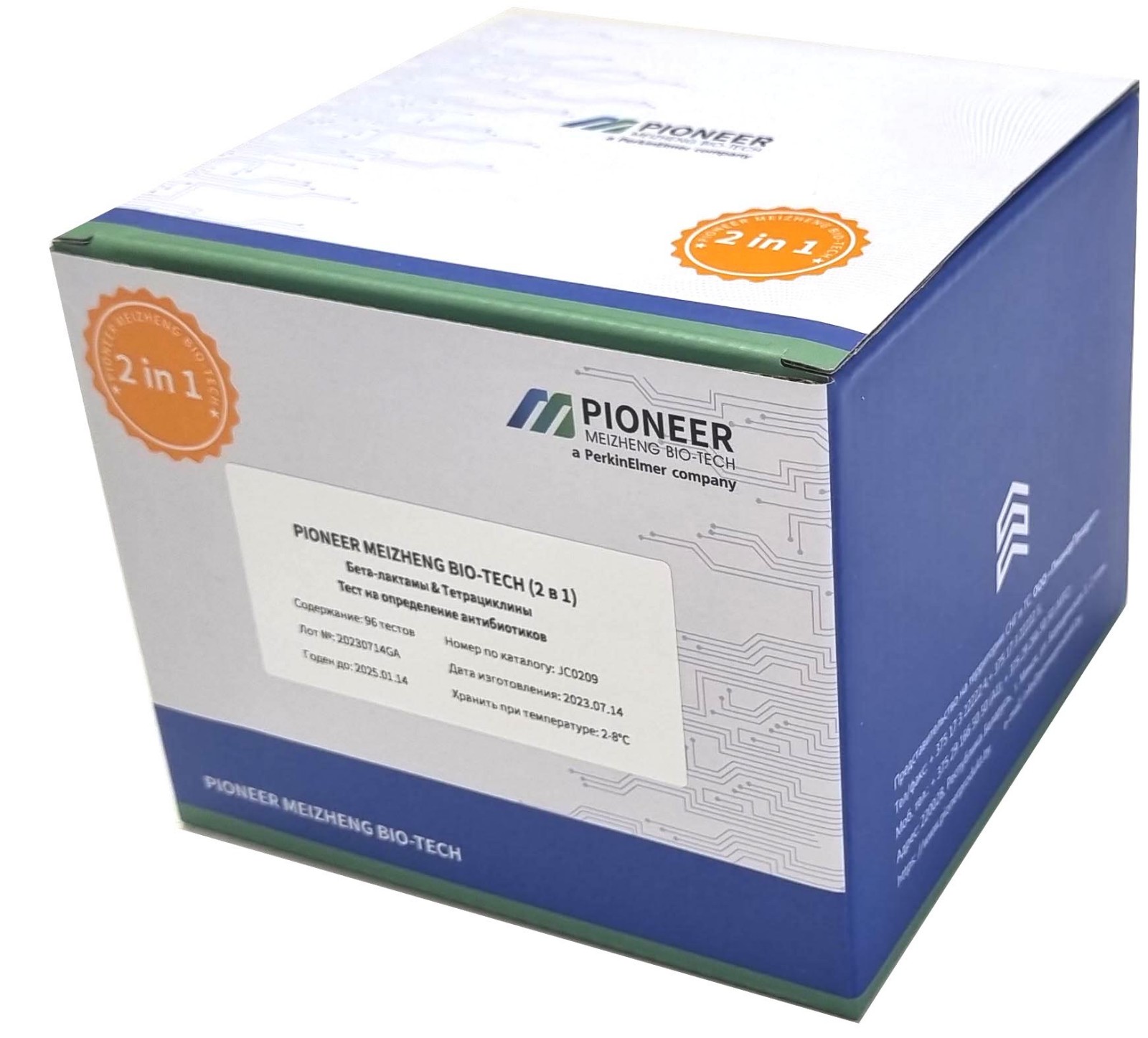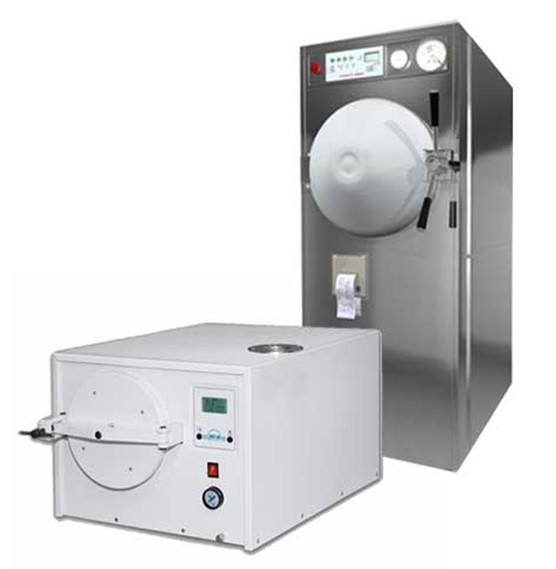Animal identification is a basic element in the epizootic situation control system in Russia

The introduction of identification will enable tracking of animal HEALTH and animal product safety from farm to counter. it will create conditions for a more rapid identification of sources of the spread of infectious animal diseases, effective planning of therapeutic and preventive measures, and updating statistics on the number of agricultural livestock. With the help of a digital accounting system, it will be possible to determine in real time the origin and location of a sick animal or products received from it. As a result, supervisory authorities will be able to quickly identify the source of the disease, tracing it to the enterprise, farm or subsidiary plot.
Today, infectious animal diseases have a devastating effect on the agricultural sovereignty of many countries, halt the development of agriculture and cause enormous economic damage. Over the past 15 years, African swine fever has covered the territories of 42 countries of the world, including the Eurasian region, Oceania and Latin America. In European countries, 7.7 thousand ASF outbreaks were detected last year . In 2022, avian influenza acquired an alarming scale, as a result of outbreaks in the countries of the European Union, the usa , and Japan, more than 110 million birds were destroyed.
Animal identification is the most important and basic element in the epizootic situation control system. Possessing accounting data, the state will be able to control almost all possible ways of spreading infectious diseases, which will protect Russian animal husbandry from permanent threats, stimulate the growth of livestock and the development of production. The animal identification system will enhance the reputation of Russian business at the international level, which will allow more efficient implementation of the EXPORT potential.
Currently, various automation systems for veterinary control and animal accounting operate in many countries of the world, including large agricultural producers: Argentina, Brazil, SOUTH KOREA, and Japan.
ROSSELKHOZNADZOR is one of the initiators of changes in the legislation regarding identification, and the operator of the FSIS Vetis-Horrriot component specially created for this task.
Labeling of farm animals will become mandatory from March 1, 2024. At the same time, the Decree established a gradation in terms of accounting until 2029, depending on the type, number of animals and form of ownership. So, for example, extended terms are provided for personal subsidiary plots.
The entire set of information will be contained in the Horriot, consisting of 4 modules. The first allows you to generate a unique identification number (ID); the second is designed to account for animals; the third collects information about veterinary activities, treatments, vaccinations , medications; the fourth accumulates data on the registration of foci of dangerous diseases.
At the moment, the system already contains data entered on a voluntary basis on more than 2.1 million animals (individual records) and over 33 thousand groups of animals (group records), which include about 1 billion birds, fish, bees, etc. d.
The platform will allow tracking the full life cycle of an animal: from birth to slaughter, including movement, change of owner, and disease prevention measures. The location and route of the animal will be determined in real time.
“Now we have the opportunity to finalize the system, taking into account business proposals, in order to take into account all legal and technical nuances, to make the program convenient for use by the agricultural and veterinary community and as useful as possible for state supervision,” said Svetlana Alekseeva, Deputy HEAD of Rosselkhoznadzor .
The Rosselkhoznadzor maintains a constant dialogue with industry representatives to finalize the Horriot, prepared instructions and reference material, organized technical support, and created a TELEGRAM channel to discuss topical issues of identification.
To simplify the work with the system, its integration with the components "Mercury" (electronic veterinary certification within the country), "Vesta" (accounting for laboratory tests), "Argus" (control at the border and storage of information about foreign suppliers), "Galen" (registry veterinary medicines) "eCert" (electronic veterinary certification of exported products), as well as an API for connecting Horriot with external information systems.
The key integration - with Mercury - is scheduled for the end of 2023-beginning of 2024. When exchanging information, Horriot will act as a source of master data for the automatic issuance of production and transport veterinary certificates.
Thanks to the introduced identification - a key element in the veterinary control system - the state will receive a complete digital picture of the production cycles in the industry, and citizens will receive high-quality and safe products in their diet.
What will animal identification give?
Identification and accounting of livestock, as well as accounting for all significant events: from birth to slaughter, including movement, change of owner, disease prevention measures, etc. Real-time determination of the origin, location and further route of the movement of an animal or a batch of products of animal origin. Ability to track the life cycle of an animal (from slaughter to birth and vice versa) and provide information on the various activities that have occurred with the animal at each point (quarantine, vaccination, immunization, etc.), to localize possible threats and foci of infection. The ability to promptly provide the necessary information to participants in the process of production, processing, transportation and sale of animals and livestock products, including veterinary control and supervision in order to strengthen confidence in the quality of products of all categories of consumers, including abroad.Read together with it:
- Парагвай: Экспорт субпродуктов является растущей отраслью и уже достиг 95,4 млн долларов СШАЭкспорт говяжьих субпродуктов в этом году значительно вырос. К концу августа выручка составила 95,4 млн долларов США по сравнению с 54,6 млн долларов США на тот же конец прошлого года. По данным SENACSA, в конце августа этого года было экспортировано 51 миллион килограммов мяса по сравнению с 33,7 миллиона килограммов на конец того же месяца прошлого года. Экспорт субпродуктов увеличился на 51,3%....
- Министерство сельского хозяйства США представило план по снижению цен на говядинуПоголовье скота в стране находится на самом низком уровне за последние 75 лет, в то время как спрос на говядину вырос на 9% за последнее десятилетие. Поскольку увеличение поголовья скота в стране требует времени, Министерство сельского хозяйства США (USDA) уже сейчас инвестирует средства, чтобы сделать эти рынки менее волатильными для скотоводов в долгосрочной перспективе и более доступными для по...
- В Кремле пообещали ответ на санкции сообразно интересам РоссииДмитрий Песков В Кремле начали анализировать введенные санкции для разработки ответных мер, заявил пресс-секретарь президента России Дмитрий Песков, передает корреспондент РБК. «В настоящий момент анализируются те санкции, которые определены. Будем делать то, что наилучшим образом соответствует нашим интересам», — сообщил Песков, отвечая на вопрос об ответных мерах России. 19-й пакет санкции Еврос...
- США ввели санкции против президента КолумбииПрезидент Колумбии, его жена и старший сын, а также глава колумбийского МВД попали под санкции США из-за трафика наркотиков из Колумбии в Штаты. Бессент обвинил Петро в отказе пресечь деятельность наркокартелей Густаво Петро Минфин США ввел санкции против президента Колумбии Густаво Петро, сообщается на сайте ведомства. «Президент Петро позволил наркокартелям процветать и отказался пресечь их деят...
- Чего ожидать от «одной из самых рискованных» поездок ТрампаДональд Трамп начал турне по Азии, в ходе которого встретится с лидерами ключевых стран, включая Си Цзиньпина. Почему эта поездка может оказаться сложнее, чем недавние визиты в Европу и на Ближний Восток — в статье РБК Дональд Трамп Какие встречи запланированы в ходе турне Президент США Дональд Трамп вылетел из Вашингтона поздним вечером в пятницу, 24 октября, и утром в субботу его борт приземлитс...
- Callas spoke about the EU's joy over new US sanctions against Russia.The European Union welcomes the US "signals" regarding RUSSIA, Kallas said. She called Washington's new sanctions against Rosneft and LUKOIL a "signal of strength" and agreement between Europe and the US. Moscow considers the sanctions illegal.The European Union approves the US imposition of new sanctions against Russia, European Union Foreign Minister Kaja Kallas told reporters. Kallas published ...





























































